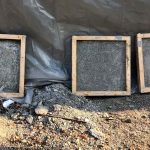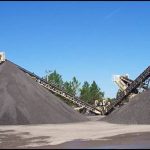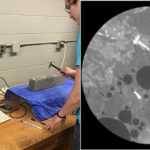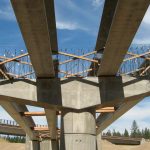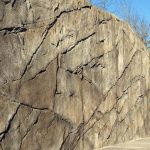Long-Term Bond Characteristics of the Interface Between the Substrate and Overlay in Shotcrete Applications, Phase III
|
Shotcrete, concrete applied pneumatically at high velocity, has the potential to save costs and construction time when used to replace cast-in-place concrete for retaining walls and slope stabilization. It is becoming popular for vertical and overhead applications where conventional formwork and repairs are difficult and costly. The results of this project will be helpful to highway agencies in achieving the best structural quality and durability when shotcrete is used. ... Read More about Long-Term Bond Characteristics of the Interface Between the Substrate and Overlay in Shotcrete Applications, Phase III | |

